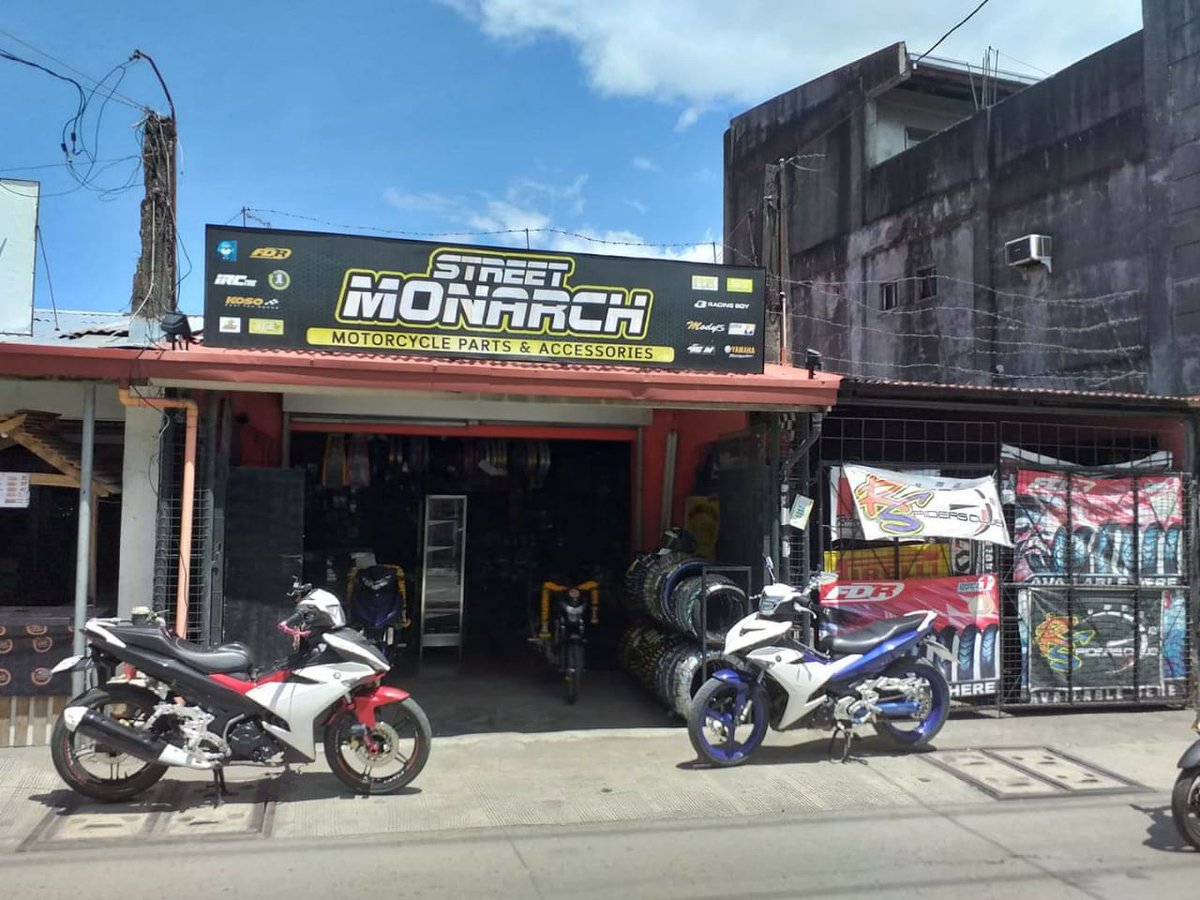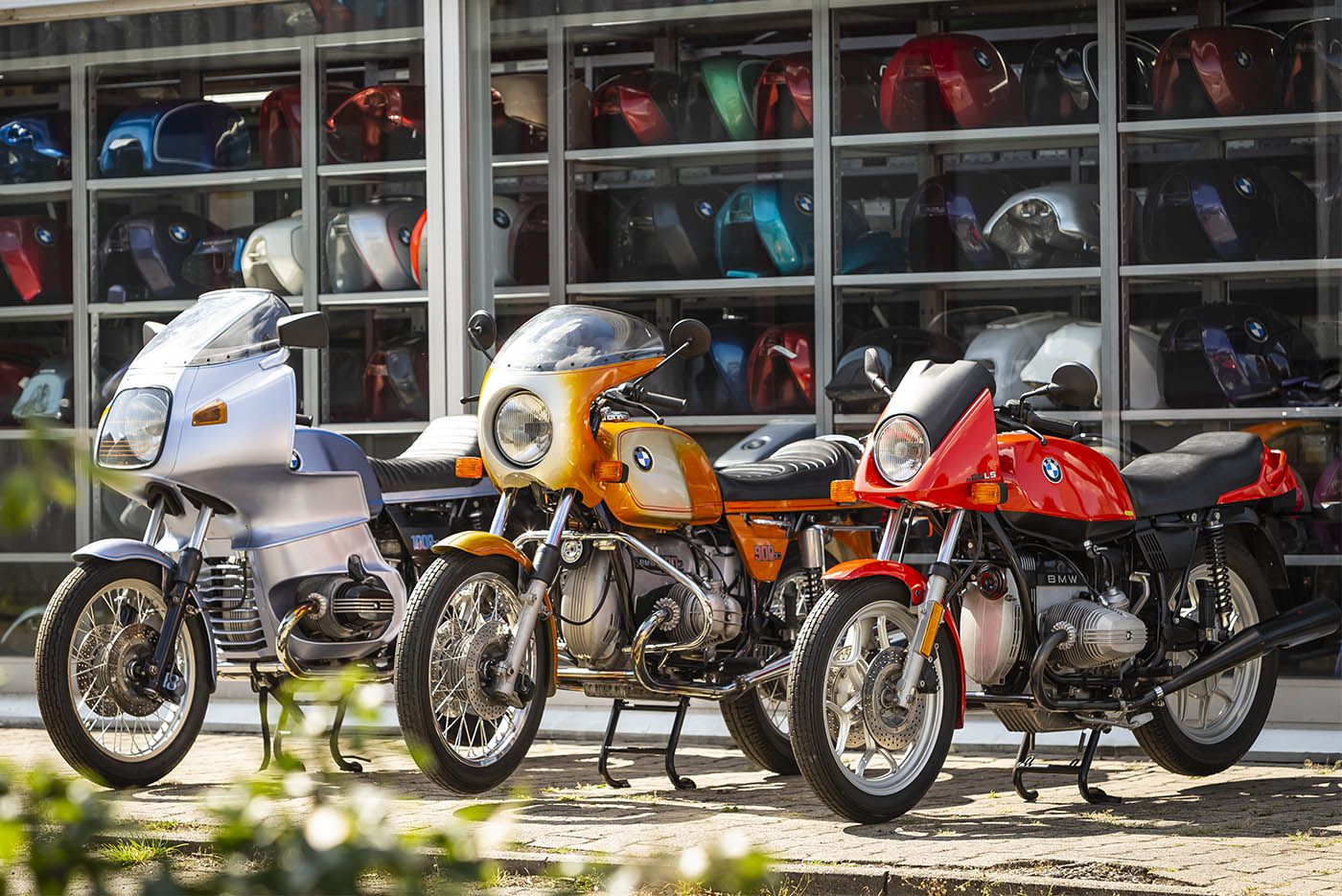See Our Motorcycle Shop for Specialist Recommendations and High Quality Products
See Our Motorcycle Shop for Specialist Recommendations and High Quality Products
Blog Article
Comprehending the Important Parts of a Motorcycle: A Comprehensive Overview for Enthusiasts
For bike lovers looking to boost their riding experience and ensure their bikes run efficiently, comprehending the important parts of a bike is critical. Each element, from the engine's detailed functions to the crucial duty of the braking systems, not just affects efficiency yet also security and convenience.
Engine Parts

The camshaft plays a critical function in regulating the timing of the engine's valves, ensuring the exact opening and closing necessary for reliable fuel and air consumption, in addition to exhaust expulsion. This timing is vital to preserving optimal engine performance and performance. Furthermore, the carburetor or fuel shot system, relying on the motorbike model, is responsible for mixing air with fuel in the proper ratio for burning.
The air conditioning system, either air or liquid-based, works to maintain the engine's temperature within operational limitations, preventing getting too hot and ensuring durability - motorbike shop. Each part, carefully designed and incorporated, contributes to the seamless operation of the engine, specifying the bike's power output and general efficiency
Transmission System
Integral to the motorcycle's performance, the transmission system makes certain efficient power transfer from the engine to the wheels. This system makes up numerous vital components, consisting of the clutch, transmission, and last drive, each playing a crucial role in equating the engine's power right into motion. The clutch, usually operated by a hand lever, offers to disengage the engine and engage from the transmission, permitting smooth gear changes and controlled velocity.
The transmission, commonly referred to as the transmission correct, includes a collection of equipments that cyclists can manually shift through to adjust the bike's speed and torque result. These gears are set up in a series that makes it possible for the motorbike to speed up smoothly and maintain optimal engine performance across different rates. Most bikes use a consecutive transmission, requiring the biker to change equipments in a fixed order.
Braking Systems
While comprehending the transmission system is essential to taking advantage of a motorbike's power, equally important is the capacity to manage and stop that power effectively, which is where braking mechanisms come into play. Brakes are essential for safety and security and efficiency, supplying the cyclist with the essential control to browse numerous terrains and problems. Generally, motorcycles feature 2 kinds of braking systems: disc brakes and drum brakes.
Disc brakes are more prevalent in contemporary bikes as a result of their remarkable performance. They contain a brake disc, caliper, and pads. When activated, the caliper presses the brake pads against the rotating disc, converting kinetic power into warmth, thus slowing down the wheel. This system provides better warmth dissipation, consistent efficiency, and enhanced stopping power, specifically in wet problems.
On the other hand, drum brakes, though much less common, are still located in some bikes. They work by pushing brake footwear versus the internal surface area of a drum connected to the wheel. While usually much less effective in heat dissipation and stopping power, drum brakes are easier and much more affordable.
Comprehending these stopping systems' nuances permits cyclists to maintain their motorcycles appropriately and appreciate the engineering that makes sure risk-free and effective stopping.
Suspension and Steering
Suspension and guiding systems are vital components that considerably influence a motorbike's handling and trip comfort. The shock absorber, including forks at the front and shock absorbers at the back, takes in roadway abnormalities, enhancing security and control. Front forks, inverted or usually telescopic, compress and rebound to reduce effects, while back shock absorbers preserve tire contact with the road, essential for traction and safety.
Guiding, focused around the handlebars, attaches the cyclist to the bike's directional control. The guiding head bearings make sure smooth procedure, enabling accurate maneuverability. Proper alignment and maintenance of these bearings are critical for predictable steering response and reducing cyclist tiredness.
The suspension's adjustability is one more essential facet; preload, damping, and rebound setups allow customization to fit different riding problems and styles. This adaptability is important for optimizing efficiency, whether browsing urban roads or dealing with rugged trails. Innovations like digital shock absorber offer real-time adjustments, improving adventure high quality throughout diverse terrains.

Electric Equipments
After making sure a regulated and smooth ride with efficient suspension and guiding systems, attention transforms to the electric systems, an essential aspect of contemporary motorcycles. These systems play a crucial duty not just in starting the engine but likewise in navigate to this site powering various parts that improve the functionality and safety and security of the motorcycle.
At the heart of a bike's electrical system is the battery, which stores electric energy needed for beginning the engine and powering auxiliary systems - motorbike shop. The generator or generator, coupled with the rectifier-regulator, ensures the battery continues to be billed while the bike functions, transforming mechanical energy right into electrical energy and keeping voltage levels
The ignition system, an additional vital part, is accountable for igniting the air-fuel blend in the engine's cylinders. Modern motorbikes usually use a digital ignition system, offering higher performance and reliability compared to typical systems.
Lighting systems, including headlights, tail lights, and indicators, are also important, ensuring visibility and security for the biker. Added digital elements such as sensors, control motorcycle tail bag waterproof units, and displays contribute to innovative attributes like gas injection management, anti-lock braking systems (ABS), and electronic control panels, additionally improving the riding experience.
Conclusion
A comprehensive comprehension of a bike's crucial parts, consisting of the engine, transmission system, stopping devices, suspension, guiding, and electrical systems, is indispensable for enthusiasts aiming to maximize efficiency, safety and security, and convenience. Mastery of these components permits informed choices concerning upkeep and upgrades, ultimately boosting the riding experience. By integrating this expertise, bikers can guarantee their motorbikes operate at peak effectiveness and reliability, therefore taking full advantage of both enjoyment and long life of their vehicles.
For motorbike enthusiasts looking to elevate their riding experience and guarantee their bikes run efficiently, recognizing the vital components of a bike is extremely important.Indispensable to the motorcycle's functionality, the transmission system guarantees reliable power transfer from the engine to the wheels.While understanding the transmission system is essential to using a bike's power, equally essential is the capability to manage and quit that power properly, which is where stopping mechanisms come into play. Normally, bikes feature two kinds of stopping motorbike seat cushion systems: disc brakes and drum brakes.
An extensive understanding of a bike's essential components, including the engine, transmission system, stopping devices, suspension, guiding, and electrical systems, is important for lovers intending to maximize safety and security, efficiency, and convenience.
Report this page